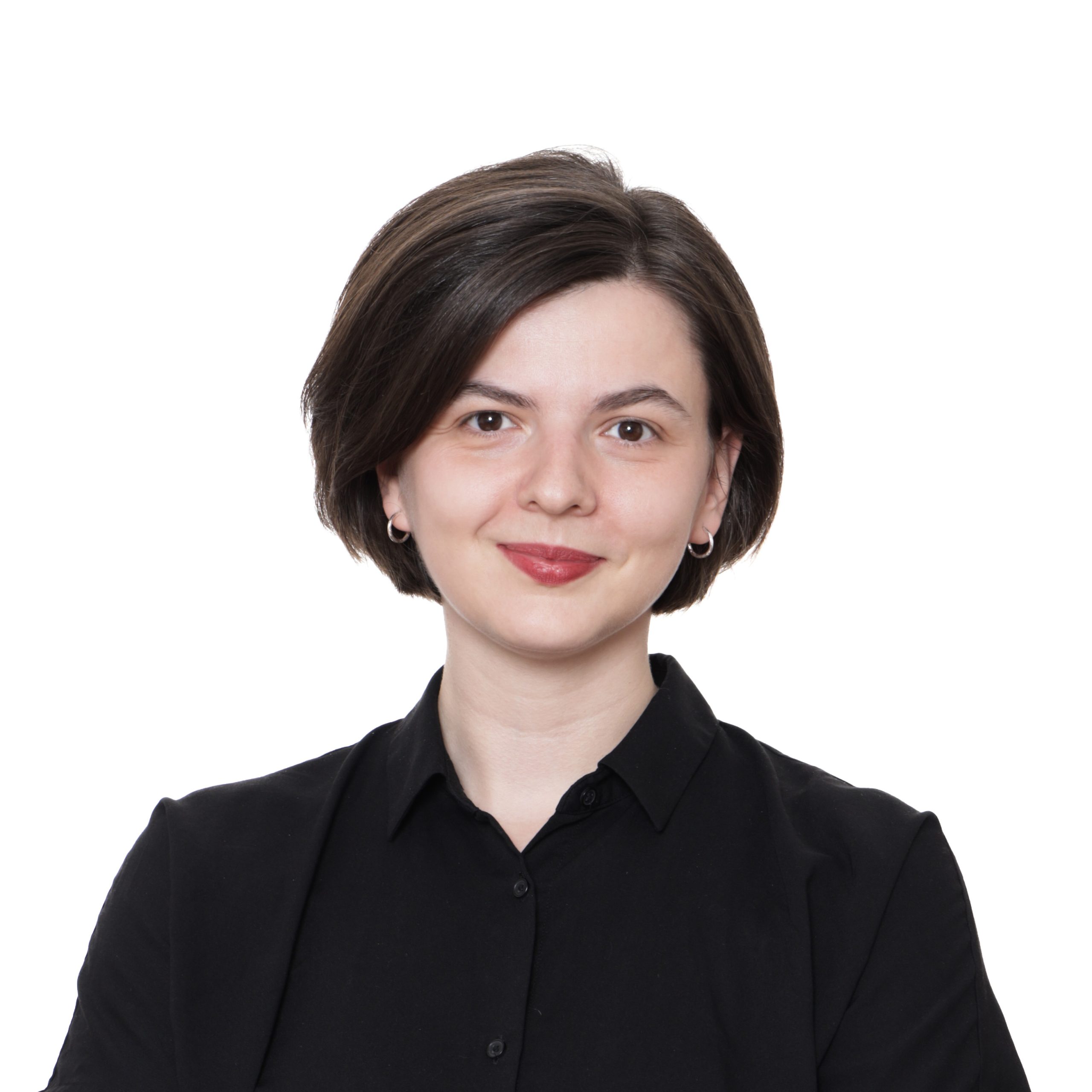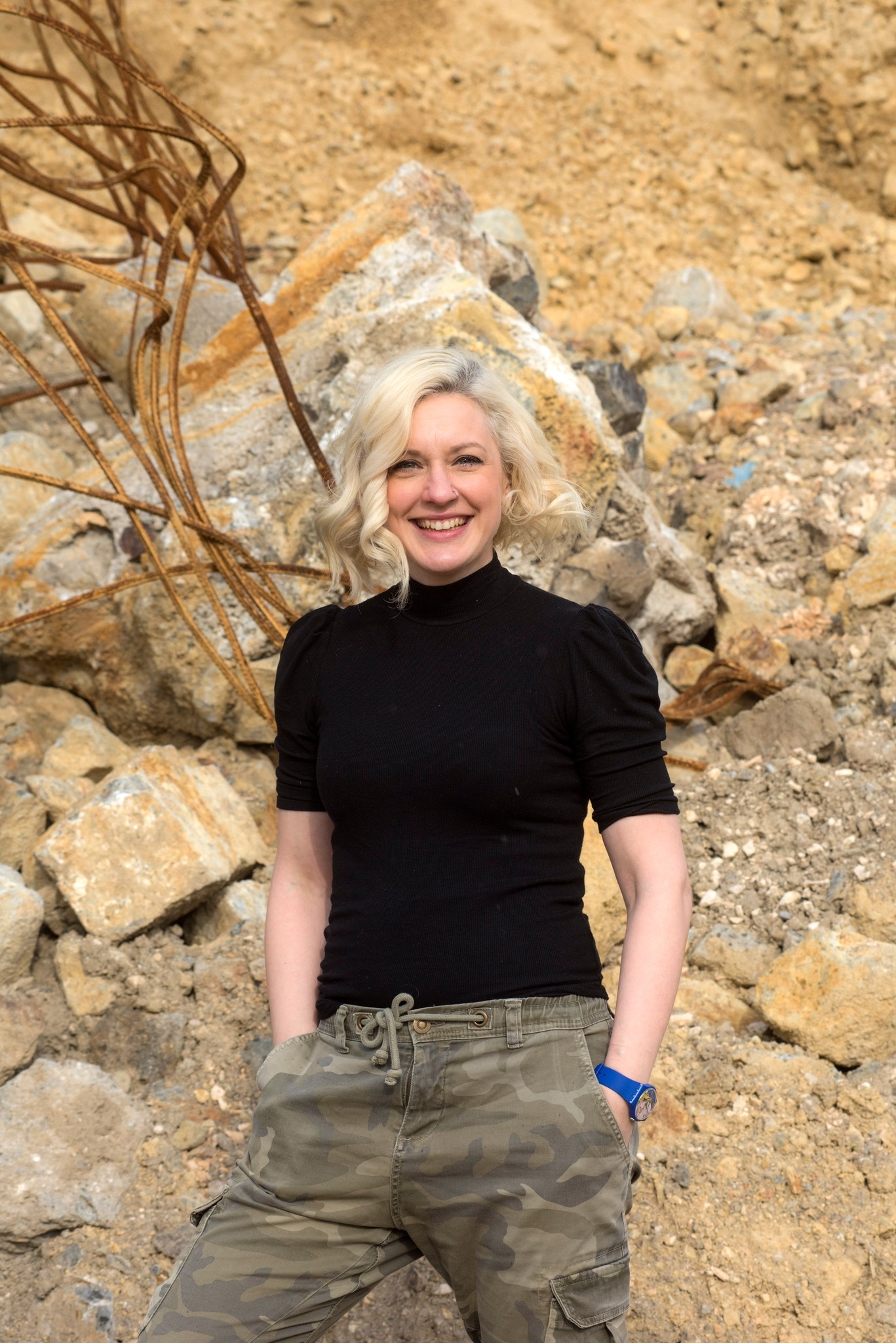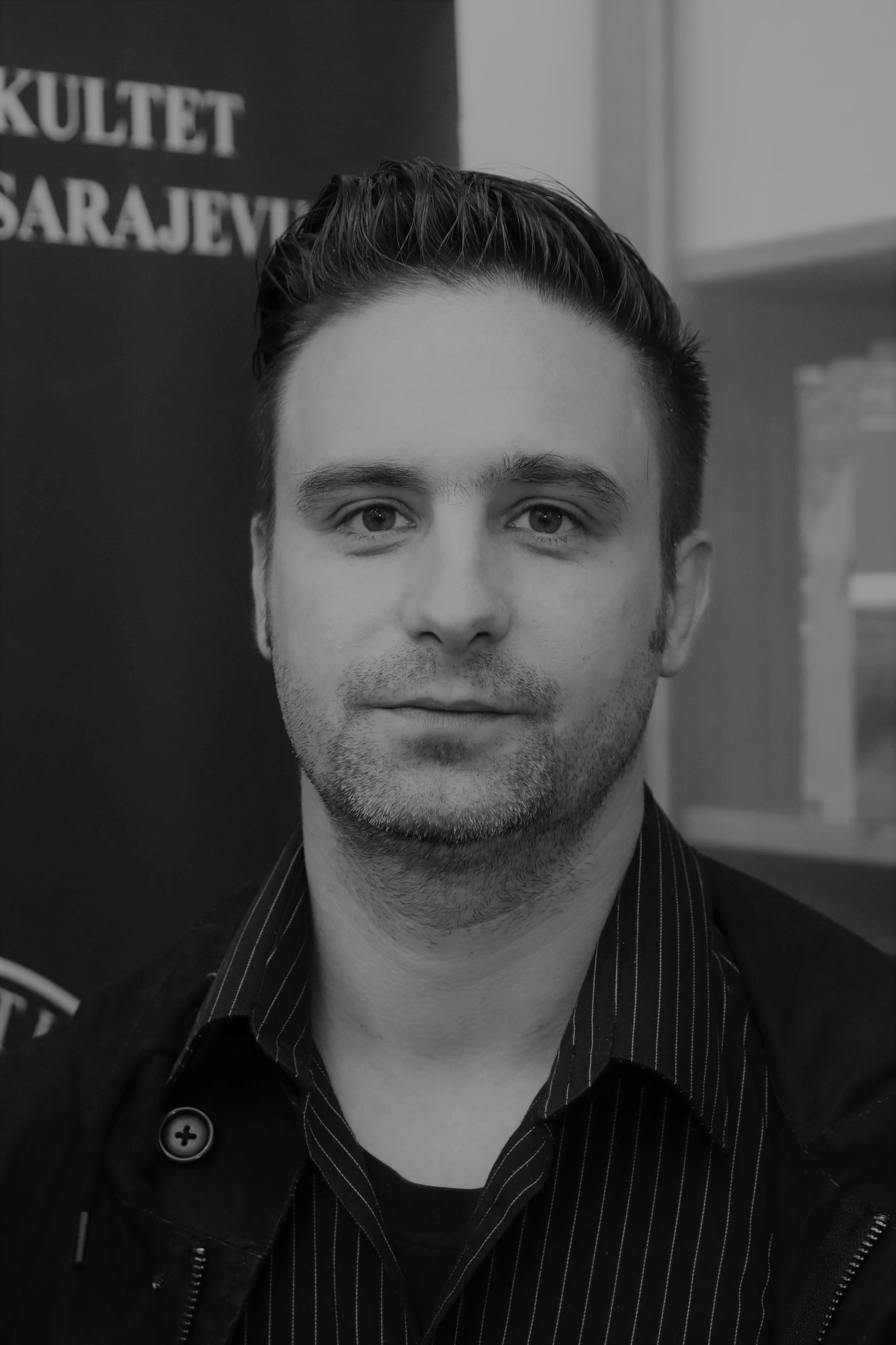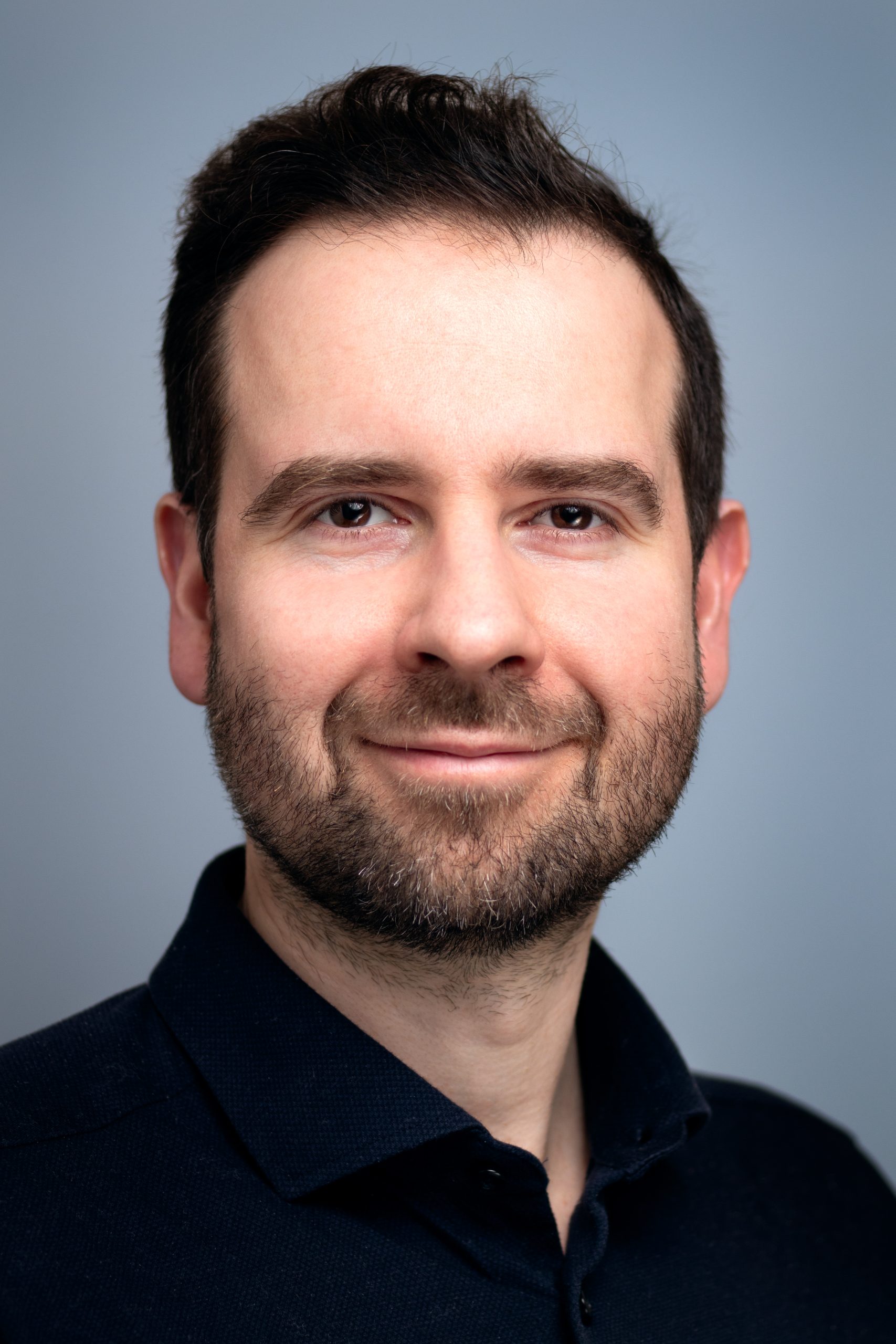CAS SEE Seminars with Guests: Marjan Hočevar
Home- CAS SEE Seminars with Guests: Marjan Hočevar
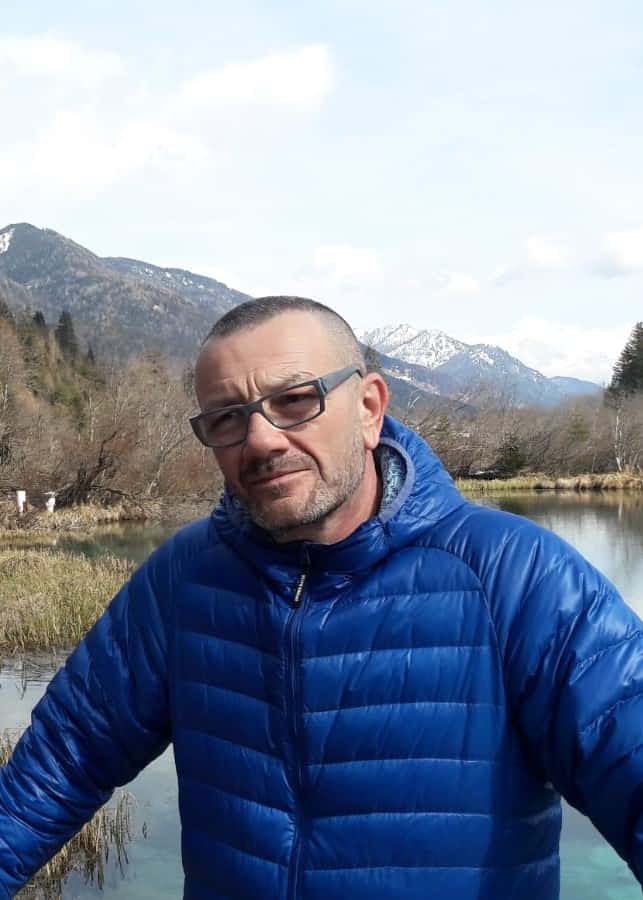
How an Architect Reflects Society
On Thursday, April 14th at 12 pm (CET), we hosted the CAS SEE Seminar with Marjan Hočevar, presented by Marko-Luka Zubčić and Sanja Bojanić.
The title of this presentation suggests a confrontation and critique of architectural practice. But that’s not the point. Architects are often right when they believe that confrontation with sociologists and social scientists, in general, is not dialogical. And indeed, many times criticism remains on the proverbial level “in the eyes of the beholder.” We must first abandon the unproductive dilemma of who shapes whom: space society or society space. In my opinion, this issue needs to be approached from the point of view of the key issue of socio-spatial relations. For me, it is the dialectic of the integration of diversity. Georg Simmel, an enfant teriblle of early sociology, who emphasized the permeation between form and content and materiality and social relations on both a symbolic and explanatory level was the first to attract architects and they attracted his insights. His observation that architecture strongly resembles (material) forms of social organization was a reference for the architect Mies van der Rohe and later for Le Corbusier. The theory and practice of architectural modernism and social modernity have been, often really, “lost in translation” (with unintended outcomes). But the interference of both perspectives on society and space gained momentum. The wall was not entirely impermeable, as evidenced by the take-off of urbanism as a dialogue between spatial disciplines on built space in the early twentieth century.
However, the wall was and still is not porous enough to really integrate epistemic cultures in academia and practice. In dealing with socio-spatial assemblages, especially cities, dialogue between builders, designers, and social analysts is gradually gaining ground, although the “Hausmanian” engineering approach still predominates in urban planning departments. The management of the current post-urban complexity and socio-spatial instability (fluidity) forces the integrative functioning of professions, even beyond matters of urban or public and collective, which is why urbanism came into being in the first place. It requires more than a consultative dialogue between a social analyst and an art engineer. The architect’s and sociologist’s cognition must come together somehow. Those of us who work with science know how challenging it is to put into practice, not just talk about the cross, multi, and -interdisciplinarity.
The presentation will take place by first presenting the idealized (Vitruvian) and then a more modern, inclusive (modernist) architect’s logic of understanding society and the notion of it. I will assume that this transition can be explained both by changes in the notion of the architectural profession (de/professionalization) in society and by the scientification of architecture, which puts it in dialogue with other disciplines. I will then substantiate the specificity of “double cognition”, fine arts (visual, artistic), and engineering (logical, geometric), which is otherwise well known among architects as the form/function dilemma. This double cognition faces a third, analytically narrative cognition, characteristic of sociologists, philosophers, cultural critics, and others in the fields of social sciences and humanities. In doing so, I will refer in part to three authors: Lefebvre, Foucault, and Bourdieu. The architect’s premise is often that his humanistic »basic instinct« and therefore his/her social analysis is intuitive, so he/she does not need to systematically acquire this kind of knowledge. To illustrate the awareness of this problem, I will cite some contemporary architects, Aravena, Koolhaas, and Scumacher, and compare them with the social logic of the earlier modernist Le Corbusier.
I conclude the presentation optimistically with the assumption of the principle of autonomy of integration, ie the integration (not dominance or homogenization) of the diversity of professional cognitions in practice and the convergence of epistemic cultures in academia. Social complexity is not only a challenge of everyday life, but it demands a dialectics of the independent and connected from various professionals who deal with the built space (producers). This, of course, also applies to the sociologists who explain this phenomenon. Basic knowledge will be needed to immerse oneself in the other two cognitions, such as the notion of the laws and methods of spatial projection.
https://www.youtube.com/watch?v=YQxDfDx1LMYhttps://youtu.be/3L6GIsXqeMA
Watch Video
UNIRI The Moise Palace: Cres Island
An education center of the University of Rijeka is five-hundred-year-old patrician townhouse and the largest Renaissance palace on the Croatian islands. A venue and forum for various scientific and research activities, it welcomes visiting academics, students
News
CAS SEE latest posts
11 April 2022 CAS SEE Seminars with Guests: Marjan Hočevar CAS SEE Seminars with Guests: Marjan Hočevar Home CAS SEE Seminars with Guests: Marjan Hočevar Assoc…. Read More
11 April 2022 Dance performance in Virtual Reality: Joy Alperto Ritter “BABAE” Dance performance in Virtual Reality: Joy Alperto Ritter “BABAE” Home Dance performance in Virtual Reality:… Read More
14 April 2022 CAS SEE Seminars with Guests: Ivan Cerovac CAS SEE Seminars with Guests: Ivan Cerovac Home CAS SEE Seminars with Guests: Ivan Cerovac Ivan Cerovac… Read More


